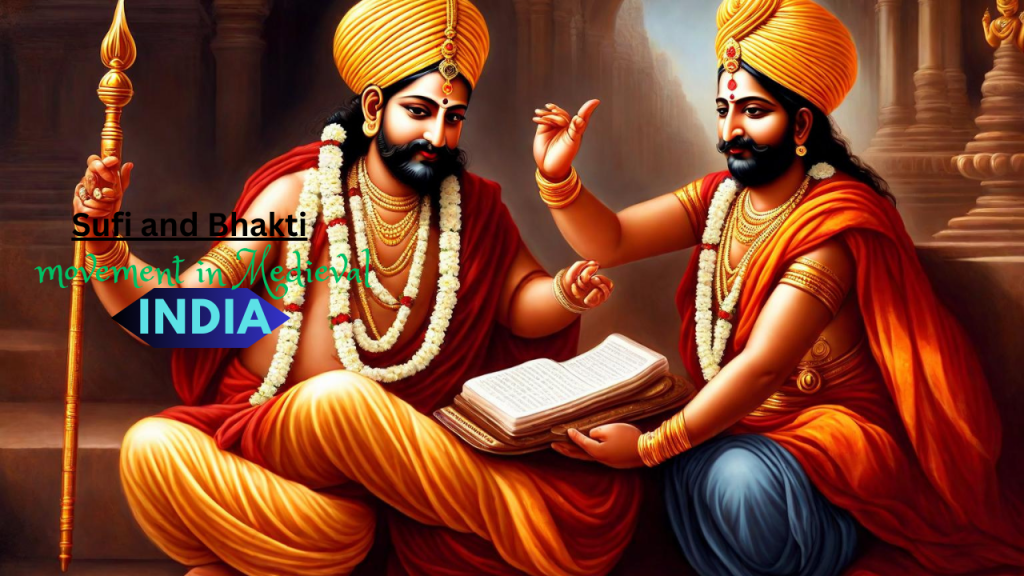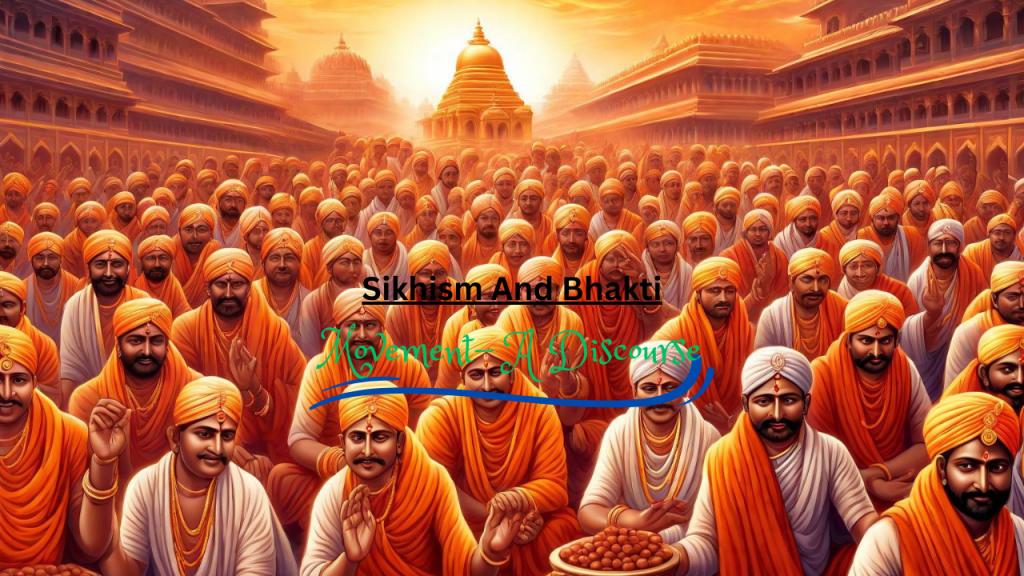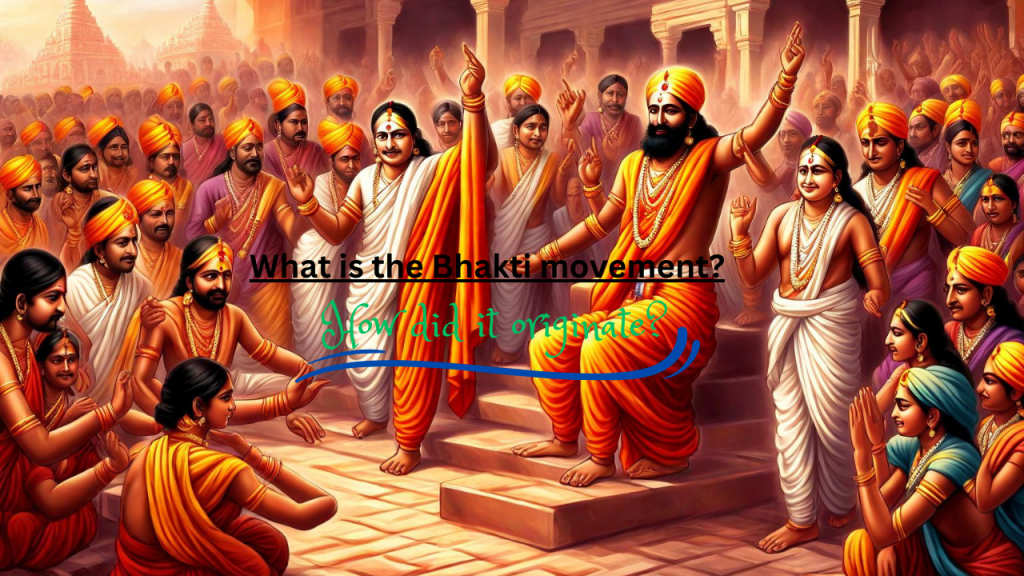Jawlark Bug Zapper Outdoor with LED Light, 4200V Electric Mosquito Zapper, Insect Fly Zapper Outdoor Indoor, 5ft Power Cord, IPX6 Waterproof, Plug in Mosquito Killer for Patio Yard Home
$34.99 (as of May 8, 2024 18:54 GMT +00:00 - More infoProduct prices and availability are accurate as of the date/time indicated and are subject to change. Any price and availability information displayed on [relevant Amazon Site(s), as applicable] at the time of purchase will apply to the purchase of this product.)The Historical Role of Bhakti Movement in South India
The Bhakti Movement, a prominent and transformative socio-religious phenomenon in South India, has left an indelible mark on the cultural, religious, and social fabric of the region. Rooted in profound devotion and a personal connection with the divine, the Bhakti Movement had a significant historical role in South India. In this article, we delve deep into the historical significance of the Bhakti Movement, its key characteristics, notable saints, and its lasting impact on the region’s religious landscape.
Origins of the Bhakti Movement

The Bhakti Movement emerged in South India during the 7th to 12th centuries, a period of profound cultural and religious dynamism. It was a response to the hierarchical nature of the existing Vedic rituals and caste system, providing an alternative path to spiritual realization. Bhakti, which means devotion, became the cornerstone of this movement.
Key Characteristics of the Bhakti Movement

- Devotion Over Rituals: The Bhakti Movement emphasized the importance of personal devotion to the divine over elaborate rituals, making spirituality accessible to all, regardless of caste or social status.
- Equality and Inclusivity: It advocated for equality and inclusivity, challenging the rigid caste system and promoting the idea that all individuals were equal in the eyes of the divine.
- Vernacular Languages: The movement spread its message in local languages, making it more relatable and understandable to the common people.
- Singing the Divine: Bhakti saints expressed their devotion through devotional songs and poems, a tradition that continues to thrive today.
Notable Bhakti Saints

1. Ramanuja
Ramanuja, a prominent theologian and philosopher, played a pivotal role in shaping the Bhakti Movement. His teachings emphasized absolute surrender to Lord Vishnu, spreading the message of devotion across South India.
2. Basavanna
Basavanna, a philosopher-saint, was a key figure in the Lingayat sect of the Bhakti Movement. He advocated for social justice, gender equality, and the worship of Lord Shiva.
3. Andal
Andal, a female saint, is renowned for her unwavering devotion to Lord Krishna. Her devotional hymns, known as the Thiruppavai, are still sung during the Margazhi festival in Tamil Nadu.
4. Nayanars and Alvars
The Nayanars and Alvars, a group of Tamil saints, contributed immensely to the Bhakti Movement. They composed devotional hymns and poems, emphasizing unwavering love and devotion to Lord Shiva and Lord Vishnu, respectively.
Impact on South Indian Society

The Bhakti Movement brought about significant social, cultural, and religious changes in South India.
- Social Reform: It challenged the caste system and promoted social equality. Many Bhakti saints were from marginalized communities, breaking down social barriers.
- Cultural Expression: The movement enriched the cultural landscape of South India by fostering the creation of devotional literature, music, and art.
- Religious Pluralism: South India became a melting pot of various religious traditions, with Bhakti saints advocating for tolerance and respect for diverse beliefs.
- Legacy in Modern Times: The Bhakti Movement’s influence persists in contemporary South India, where devotional music and practices are an integral part of daily life.
Conclusion

The Bhakti Movement in South India, with its emphasis on devotion, inclusivity, and social reform, holds a significant place in the region’s history. It not only transformed religious practices but also left an enduring legacy that continues to shape the culture and society of South India. The movement’s profound impact on the region’s history is a testament to the power of devotion and the enduring influence of spirituality.




